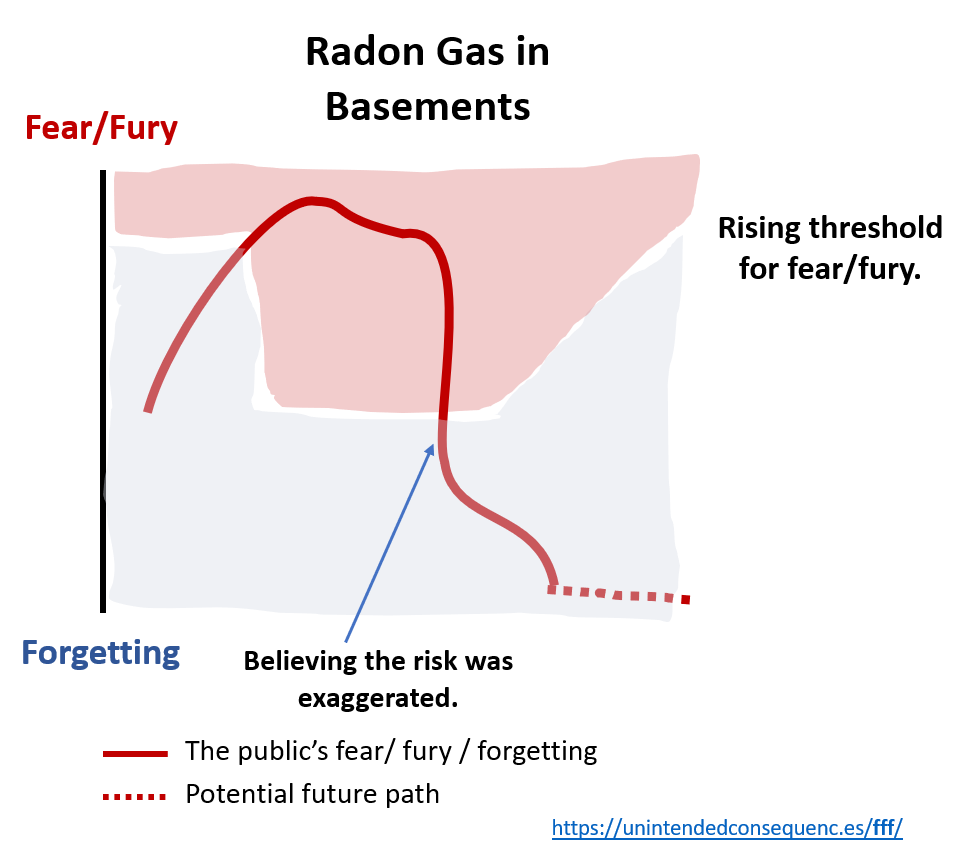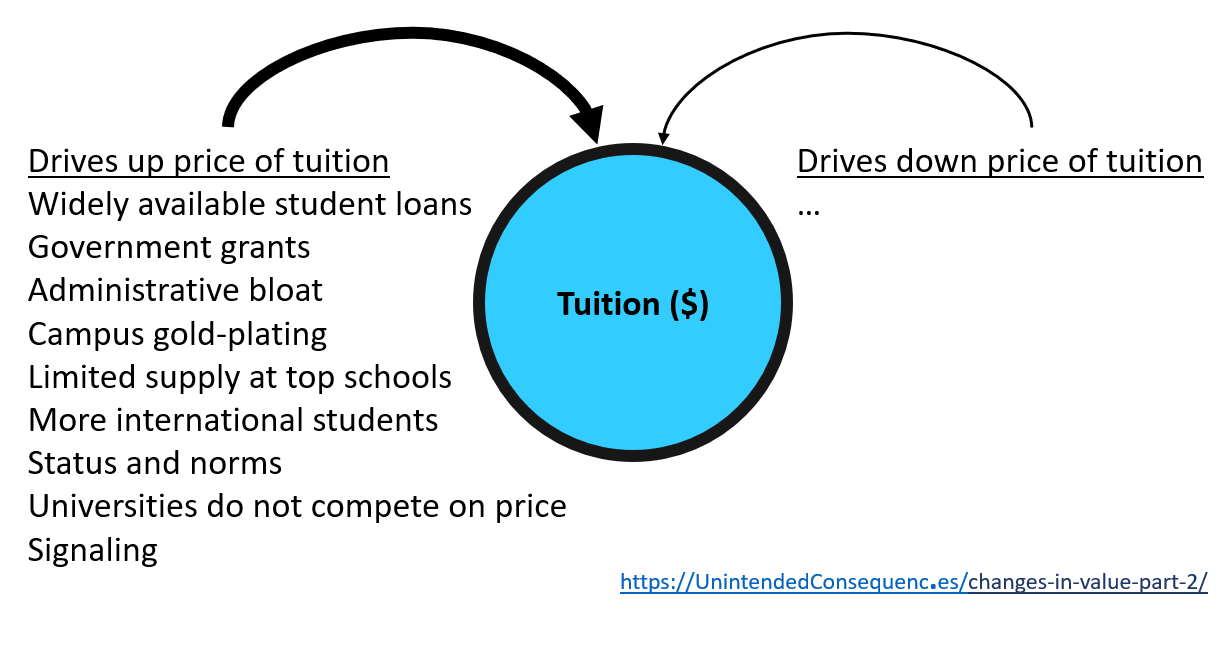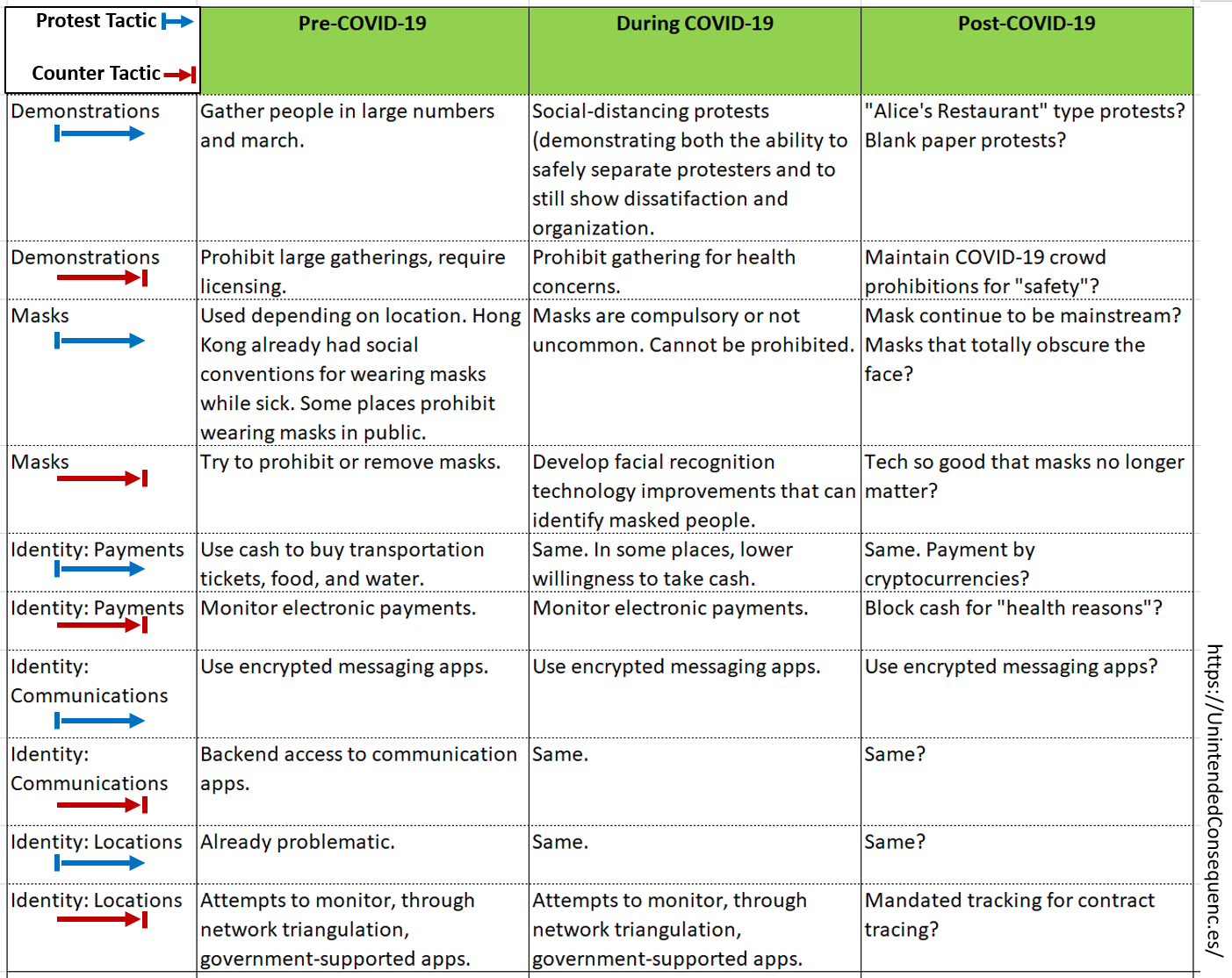In May 2020, I wrote one of my last pieces focused on COVID: Pandemic Protests. In it I listed a number of ways COVID changed or was likely to change protests around the world:
“In many instances, top-down social distancing orders and bottom-up unwillingness of people to gather in large groups had similar effects. The large protests that we saw so much of in 2019 dwindled not because protesters won their demands or because governments cracked down hard, but because people didn’t go out as much.
“Protesters’ strength came from gathering in numbers. What to do now?”
And for a while in many places around the world, large, crowded protests did decline, or were replaced by social-distance versions.
The most notable of those declines for me, since I had also written about it several times here, was the impact on the existing protest movement in Hong Kong. That movement formerly drew anti-government protests of over one million people to the streets (in a city of 7.5 million). When COVID emerged, the cynical view was that the timing of the pandemic hurt the protesters (or helped the government). Continue reading “Prolonged Pandemic Protests”



